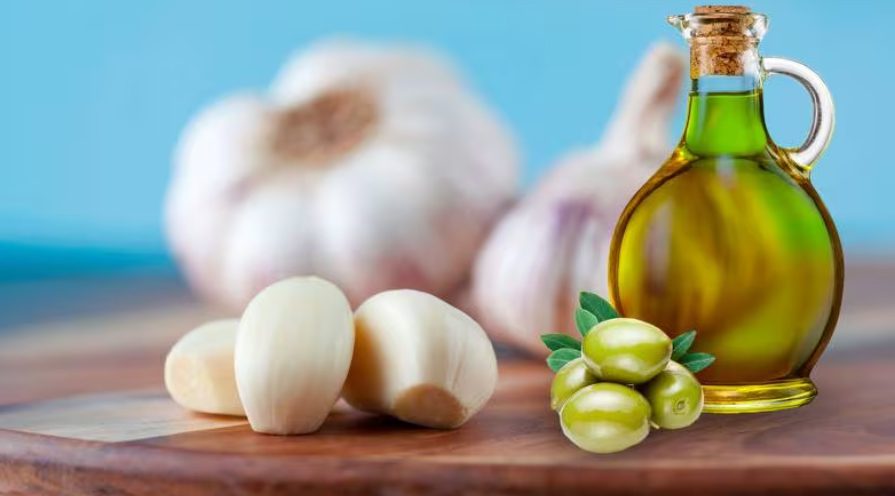.zrdn-hide-print{
display:none;
}
.zrdn_five
{
background-position-y: 2px;
}
.zrdn_four_half
{
background-position-y: -16px;
}
.zrdn_four
{
background-position-y: -35px;
}
.zrdn_three_half
{
background-position-y: -54px;
}
.zrdn_three
{
background-position-y: -75px;
}
.zrdn_two_half
{
background-position-y: -93px;
}
.zrdn_two
{
background-position-y: -111px;
}
.zrdn_one_half
{
background-position-y: -129px;
}
.zrdn_one
{
background-position-y: -150px;
}
.zrdn_zero
{
background-position-y: -168px;
}
#zlrecipe-title{border-bottom: 1px solid #000; font-weight: bold; font-size: 2em;
line-height: 1.3em; padding-bottom: 0.5em;
font-family:Georgia, "Times New Roman", Times, serif;;
}
.zlrecipe-print-link {float: right; margin-top: 5px;}
#zrdn-recipe-container{ padding:10px}
.zlrecipe-print-link a { background: url(https://recette.thermomagazine.org/wp-content/plugins/zip-recipes/images/print.png ) no-repeat scroll 0 4px transparent;
cursor: pointer;
padding: 0 0 0 20px;
display: block;
height: 20px;
color:#b72f2f;
}
#zlrecipe-category, #zlrecipe-cuisine, #zlrecipe-trans_fat, #zlrecipe-cholesterol, #zlrecipe-fiber, #zlrecipe-sodium, #zlrecipe-sugar, #zlrecipe-protein, #zlrecipe-protein, #zlrecipe-carbs, #zlrecipe-saturated-fat, #zlrecipe-fat, #zlrecipe-calories, #zrdn__author, #zlrecipe-total-time, #zlrecipe-prep-time, #zlrecipe-cook-time, #zlrecipe-yield, #zlrecipe-serving-size {line-height: 1.2em;
margin: 1em 0; font-size:14px;
font-weight: bold;}
#zlrecipe-category span, #zlrecipe-cuisine span, #zlrecipe-trans_fat span, #zlrecipe-cholesterol span, #zlrecipe-fiber span, #zlrecipe-sodium span, #zlrecipe-sugar span, #zlrecipe-protein span, #zlrecipe-protein span, #zlrecipe-carbs span, #zlrecipe-saturated-fat span, #zlrecipe-fat span, #zlrecipe-calories span, #zrdn__author span, #zlrecipe-total-time span, #zlrecipe-prep-time span, #zlrecipe-cook-time span, #zlrecipe-yield span, #zlrecipe-serving-size span{font-weight: normal; display:block}
.zlmeta .width-50{ width:50%; float:left}
#zlrecipe-summary { padding: 0 10px 10px;}
#zlrecipe-summary .summary{ margin: 10px 0; font-style: italic; line-height: 1.2em; font-size: 16px; font-family: 'Open Sans', sans-serif;}
#zlrecipe-ingredients, #zlrecipe-instructions{ font-weight: bold; font-size: 1.25em; line-height: 1.2em; margin: 1em 0; padding-bottom:1em;}
#zlrecipe-ingredients-list, #zlrecipe-instructions-list{padding:0px;line-height: 1.2em; font-size: 1.1em;
}
.ingredient.no-bullet {list-style-type: none; padding: 0 0 0 2.4em; margin: 1em;}
#zlrecipe-instructions-list li{
text-align:left;
}
#zlrecipe-instructions-list .instruction {margin: 0 1em; list-style-type: decimal;}
#zlrecipe-instructions-list {color: #000;padding:0px; margin: 0 0 24px 0;padding-left: 10px;}
#zlrecipe-ingredients-list{color: #000;padding-left: 10px;line-height: 1.3em;}
#zlrecipe-ingredients-list li{padding-left: 0; text-align: left; padding-bottom:5px;margin:0px; }
#zrdn-recipe-container .hide-card{
display: none;
}
#zlrecipe-summary{
clear: both;
}
#zrdn-recipe-container .h-4 { font-size: 1.25em; font-weight: bold; }
.ziprecipes-plugin { display: none; }
#zl-printed-copyright-statement, #zl-printed-permalink { display: none; }
.amp-ad-wrapper {text-align: center}
.amp_ad_5{margin-left: auto; margin-right: auto;}
#amp-user-notification1 p { display: inline-block; margin: 20px 0px; }
#amp-user-notification1 { padding: 5px; text-align: center; background: #fff; border-top: 1px solid #005be2; }
amp-user-notification button { padding: 8px 10px; background: red; color: #fff; margin-left: 5px; border: 0; }
amp-user-notification a{background:red;}
amp-web-push-widget button.amp-subscribe {
display: inline-flex;
align-items: center;
border-radius: 5px;
border: 0;
box-sizing: border-box;
margin: 0;
padding: 10px 15px;
cursor: pointer;
outline: none;
font-size: 15px;
font-weight: 500;
background: #4A90E2;
margin-top: 7px;
color: white;
box-shadow: 0 1px 1px 0 rgba(0, 0, 0, 0.5);
-webkit-tap-highlight-color: rgba(0, 0, 0, 0);
}
huile d’ail des ours au thermomix il y a 1 an
L’ail est un aliment utilisé comme condiment dans de nombreux plats, mais il peut également être utilisé de différentes manières. Par exemple, pour préparer la recette que nous vous présentons aujourd’hui : l’huile d’ail des ours. En suivant nos instructions, vous pourrez cuisiner une huile avec cet ingrédient, qui donnera une touche merveilleuse aux plats de poisson et aux salades, par exemple.
huile d’ail des ours au thermomix
Cuisine Cuisine espagnole
Catégorie:
sauces au Thermomix
Ingrédients de l’huile d’ail sauvage
21 grammes d’ail sauvage Une pincée de sel 202 grammes d’huile de colza ou de tournesol Préparation de l’huile d’ail des ours
Lorsque vous avez ces ingrédients, suivez les étapes que nous indiquons : Mettez l’ail épluché et le sel dans le verre du robot. Programme pour vitesse 9/10 secondes. Ensuite, ajoutez l’huile dans le verre et programmez à vitesse 8 / 6 secondes. Vous aurez déjà préparé cette recette qui donnera désormais une touche très spéciale à vos plats. 